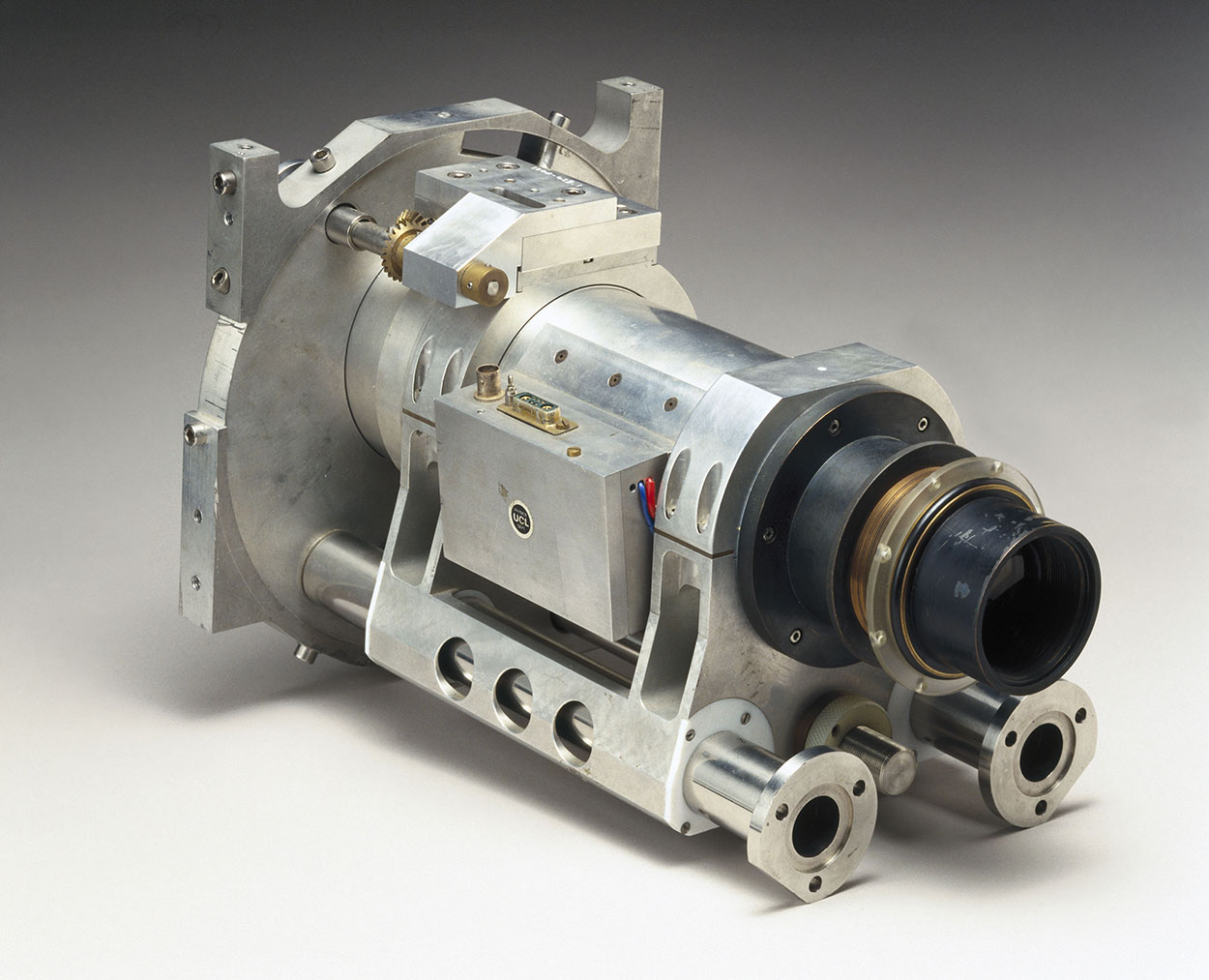Contents

Source: Wikipedia
Understanding Photon Counters
Photon counters are photodetectors that are so sensitive that they can detect single photons. This capability allows for the registration of individual photon absorption events rather than measuring optical intensity or power. Photon counters are crucial for experiments in quantum optics where coincidences between multiple detectors need to be recorded.
Properties of Photon Counters
Photon counting detectors have specific characteristics that differentiate them from other photodetectors:
- Dark Count Rate: This is the average rate of counts registered without incident light. It determines the minimum count rate where the signal is mainly caused by real photons.
- Dead Time: The length of time after detecting a photon where no further detection is possible, limiting the maximum count rate.
- Quantum Efficiency: The fraction of incident photons that can be registered, affecting noise levels and detection accuracy.
- Timing Jitter: The uncertainty in the timing of registered photon events, usually quantified with an r.m.s. value.
Types of Photodetectors for Photon Counting
Various types of photodetectors are used for photon counting:
- Photomultiplier Tubes: Traditional detectors with low dark count rates and high quantum efficiencies, especially with cooled photocathodes.
- Avalanche Photodiodes (APDs): Operating in Geiger mode for photon counting, offering high quantum efficiencies and low dark count rates.
- Hybrid Photomultipliers: Combining features of photomultipliers and avalanche diodes for high speed and resolution.
- Superconducting Nanowire Detectors (SNSPDs): Utilizing superconducting nanowires for low-noise, high-speed photon counting.
Photon-Counting Imaging Detectors
Photon counting is also applied in imaging detectors, such as SPAD arrays and image intensifiers based on microchannel plates, enabling single-photon detection at the pixel level.
Applications of Photon Counters
Photon counters find applications in various fields, including:
- Quantum optics for quantum information technology like quantum cryptography.
- LIDAR and OTDR techniques that require working with low light levels.
Overall, photon counters play a crucial role in scientific research and technological advancements that rely on the detection of individual photons with high sensitivity and accuracy.

Source: Siemens Healthineers
Feel free to comment your thoughts.



